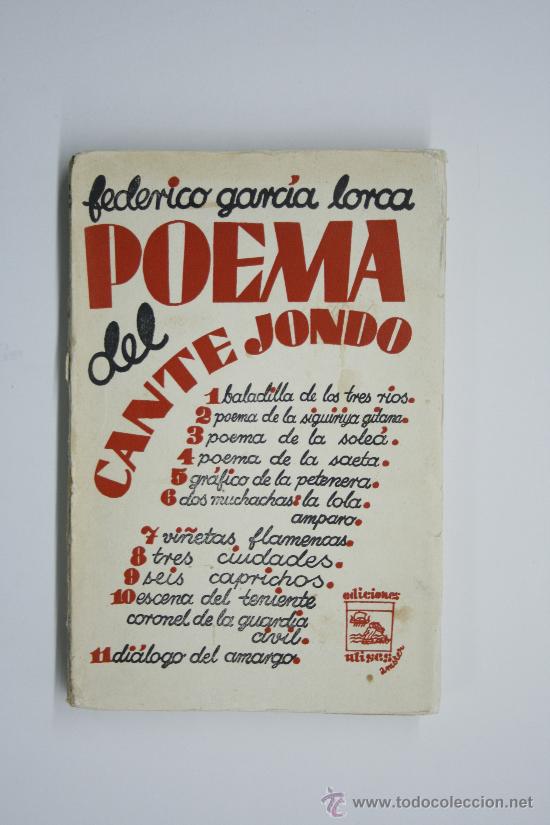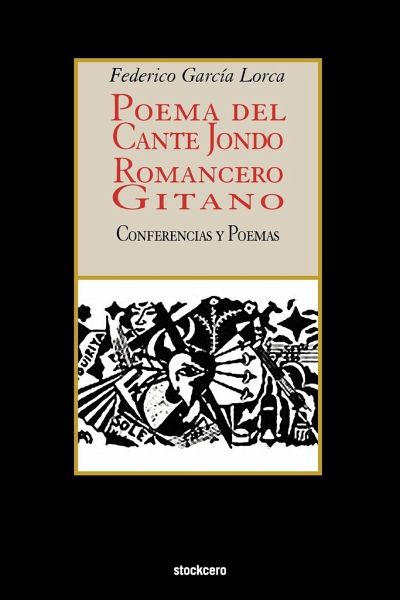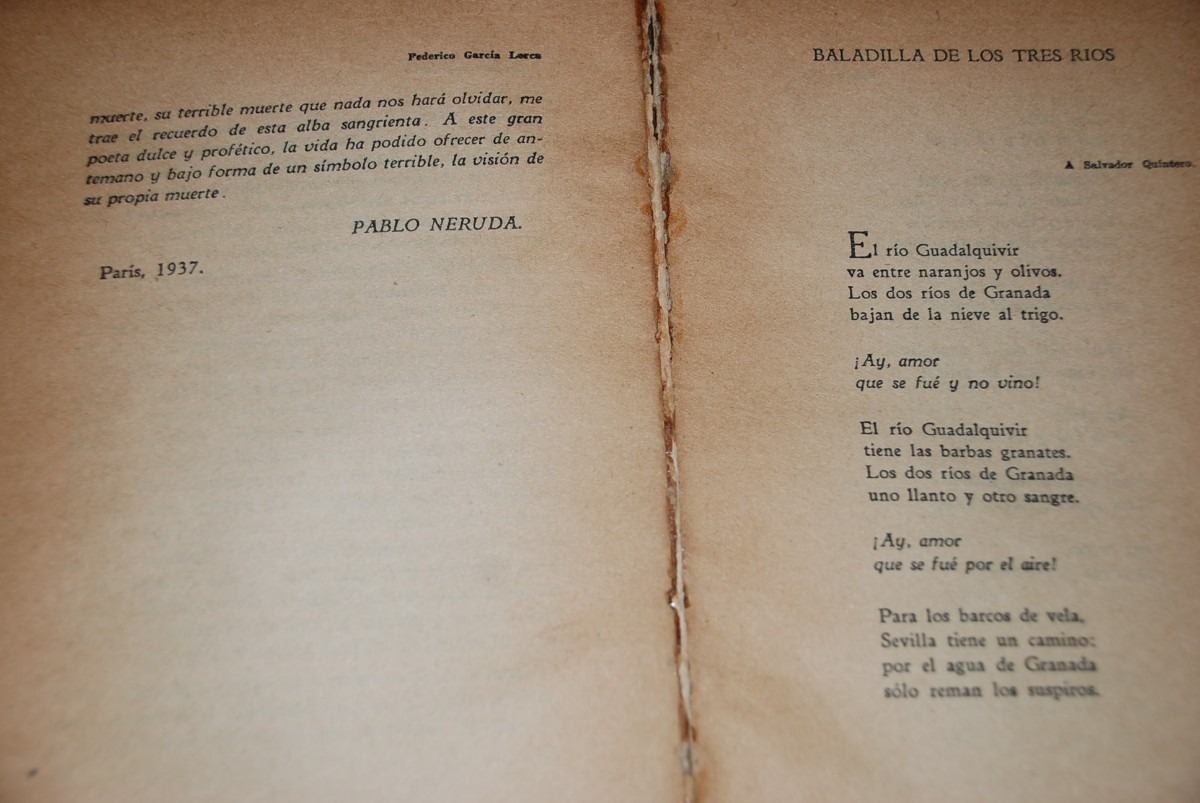

For the rest of his life, he maintained the importance of living close to the natural world, praising his upbringing in the country.

In 1909, when the boy was 11, his family moved to the city of Granada. García Lorca's mother, Vincenta Lorca Romero, was a teacher and gifted pianist. García Rodríguez saw his fortunes rise with a boom in the sugar industry. His father, Federico García Rodríguez, was a landowner with a farm in the fertile vega surrounding Granada and a comfortable villa in the heart of the city. Lorca was born on 5 June 1898, in Fuente Vaqueros, a small town a few miles west of Granada, southern Spain. 2.5 Theatre, film and television based on Lorca.The Garcia Lorca family eventually dropped objections to the excavation of a potential gravesite near Alfacar. In 2008, a Spanish judge opened an investigation into Lorca's death. He may have been shot by anti-communist forces during the Spanish Civil War. García Lorca achieved international recognition as an emblematic member of the Generation of '27. Leonard Cohen, Giannina Braschi, Octavio Paz, Luis Buñuel, Salvador Dalí, Tim Buckley, Pablo Nerudaįederico del Sagrado Corazón de Jesús García Lorca ( Template:IPA-es 5 June 1898 – 19 August 1936) was a Spanish poet, dramatist and theatre director. Spanish folklore, Luis Buñuel, Salvador Dalí, Walt Whitman Federico García Lorcaįederico del Sagrado Corazón de Jesús García Lorcaįuente Vaqueros, Granada, Andalusia, SpainĪug( 1936- Template:MONTHNUMBER-19) (aged 38) Licensed under Creative Commons, courtesy Wikimedia Commons. Phoren, The Art of Flamenco (Jerez de la Frontera: Editorial Jerez Industrial, 1962), 43.Statue of Federico García Lorca (1898–1936) in the Plaza de Santa Ana, Madrid, Spain, by Julio López Hernández, 1986. Furthermore, it provides an account of people, places, and events that shaped the lives of Mario Castelnuovo-Tedesco and Federico García Lorca.ġDonn E. This study explains the relevance of the cante jondo contest and the importance of García Lorca’s poems. Additionally, conductors will find the intrinsic relationship between music and poetry based on cante jondo elements in a choral setting. Emotions such as rage, love, betrayal, hate, and death are transformed into interpretative tools that cantaores (singers) use to communicate the essence of the style. 152, conductors and performers can capture examples of how compelling cante jondo is to human emotions. Through Tedesco’s choral work, Romancero Gitano, op. Those differences are derived from geographical influences, formal conventions, forms, and characteristics of singing styles. This study will help conductors understand the general differences between cante jondo and Flamenco musical styles. The heart of the cante jondo is contained in three essential elements: 1) themes such as suffering, death, love, betrayal, and hate 2) the guitar instrumentation, and 3) the musical rhythmical structure. 152 for choir and guitar, illustrates the essential characteristics and heart of the cante jondo. The poetry of Lorca, combined with the music of Castelnuovo-Tedesco’s Romancero Gitano op.

He declares that cante jondo songs are “emotionally compared with the authentic blues of the Negroes of the southern United States.” 1 Donn Phoren provides a better understanding of the emotive background of cante jondo songs. These songs express the history and landscape of the Andalucían region. Cante jondo or “deep song” is considered the most serious and profound collection of songs in Flamenco music. The purpose of this study is to provide a conductor’s guide to the poetic, historical, and musical structure of the cante jondo. Mario Castelnuovo- Tedesco used seven texts from Lorca’s Poema del Cante Jondo (Deep Song Poems) in his work Romancero Gitano, op. Composers around the world have found the poetry of Federico García Lorca a source of inspiration for solo and choral works.


 0 kommentar(er)
0 kommentar(er)
